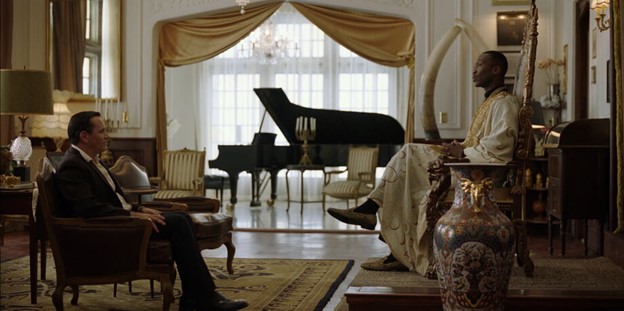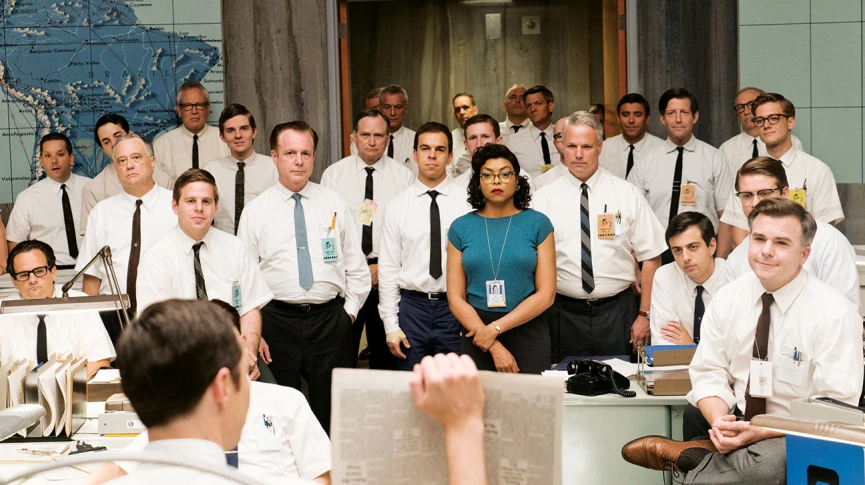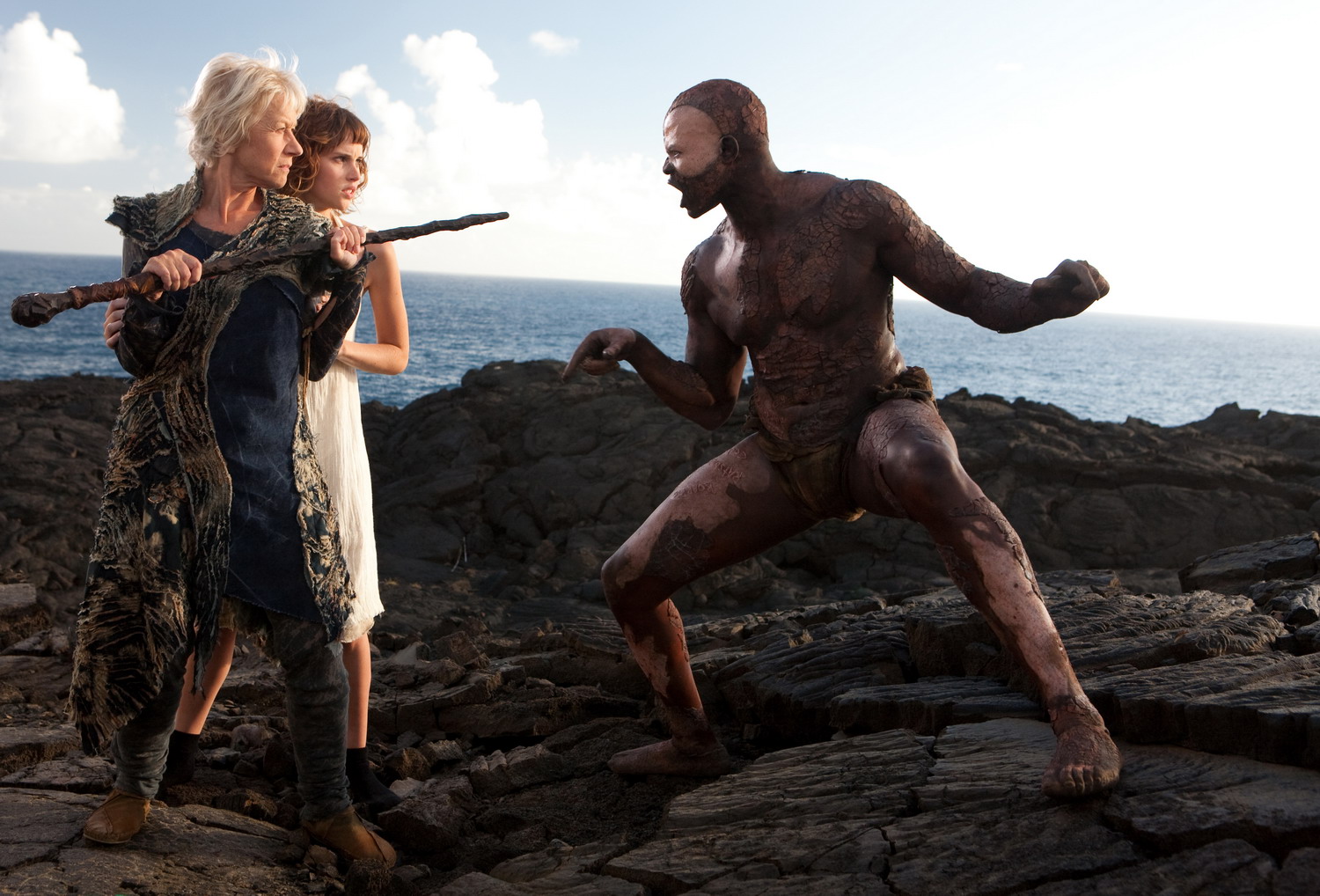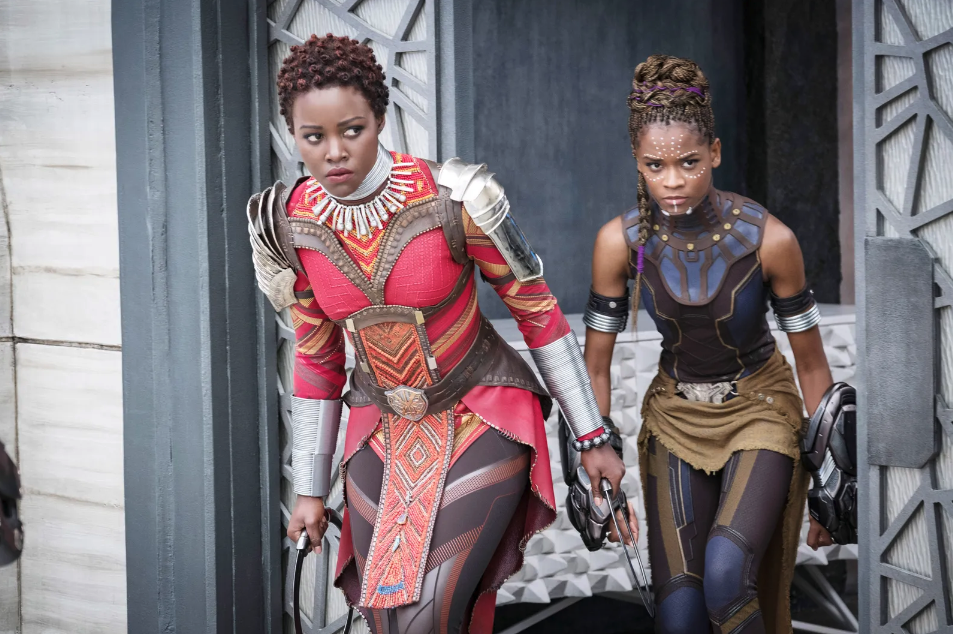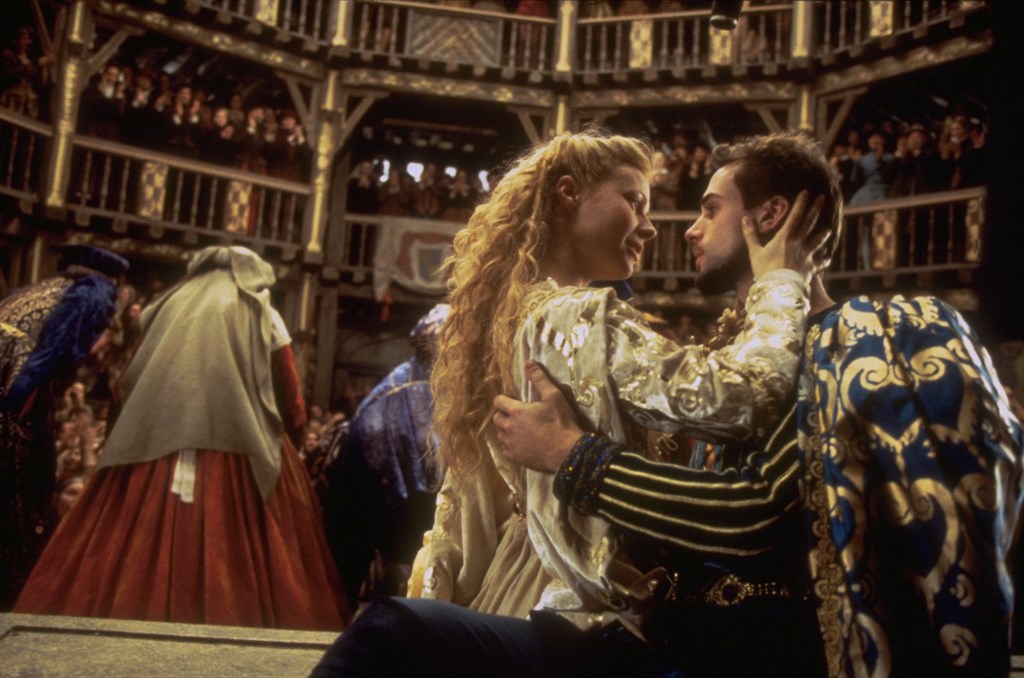Mise-en-scène (mee-sang-SEN), a French term, refers to the arrangement of actors and scenery on stage. In film studies, mise-en-scène encompasses everything visible on screen: lighting, framing, composition of the shot, blocking, costumes, sets, and props.
Lighting is an important component of the aforementioned mise-en-scène. Film lighting creates both illumination and shadow. The interplay between light and shadow expresses the mood of a scene, defines a character, and shapes the cinematic space on screen.
If you are shooting a film, where might you position your camera in relation to where your actors stand? Which character might you highlight or put in the foreground? Would you use any framing device?
Blocking refers to the physical relationships among characters, props, and the set. It is a term that is applicable to stage performance and filmmaking. Where might you place, or hide as the case may be, your camera if you are shooting a scene involving mirrors, for example? If you have more than one camera in operation, how do you avoid revealing the presence of other cameras?
As the saying goes, “clothes make the person.” Costumes and makeup are important elements of mise-en-scène. Costumes, along with the setting, define the time period of a film whether in the recent past, such as the mid-twentieth-century, or in the distant future, such as the twenty-fourth century.
The set constitutes the cinematic space inhabited by the characters. There are spatial and temporal aspects of the setting. A film’s cultural location includes at least four levels of significance: • the story’s cultural setting (geographical location and era); • the cultural significance of the filming site; • the cultural locations of the actors (where they are from: race, class, gender, sexuality); • the political significance of the performance venue (film screening site) such as a queer film festival.

